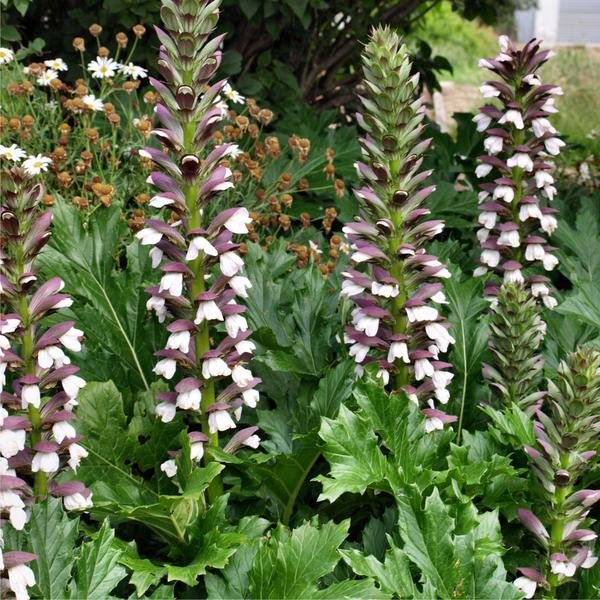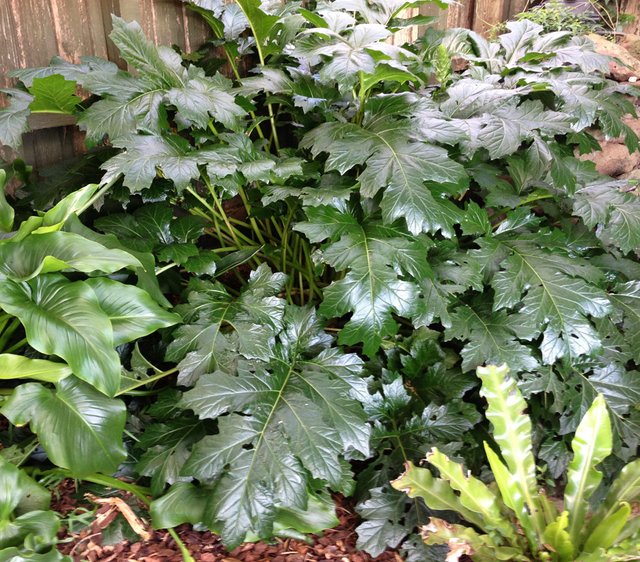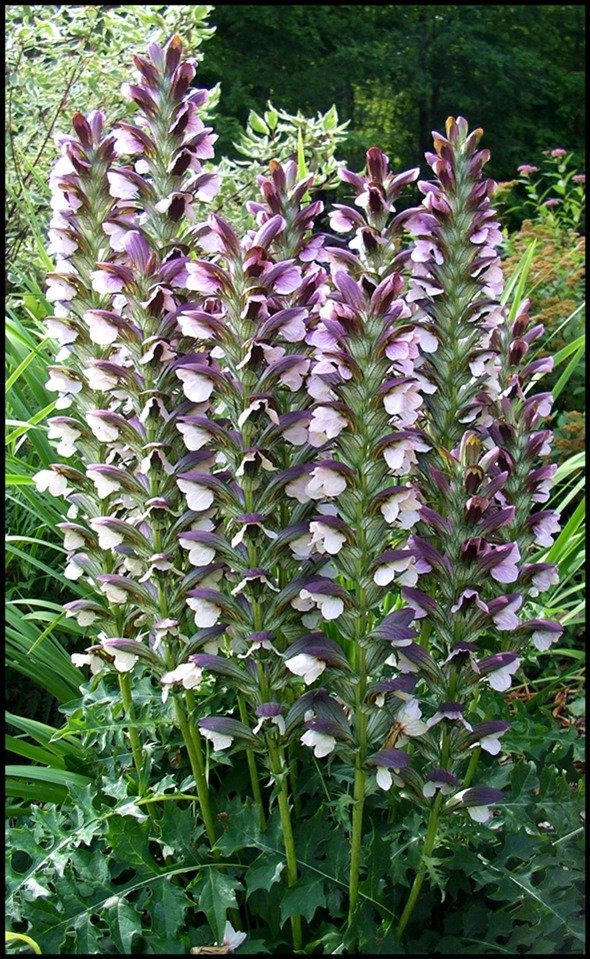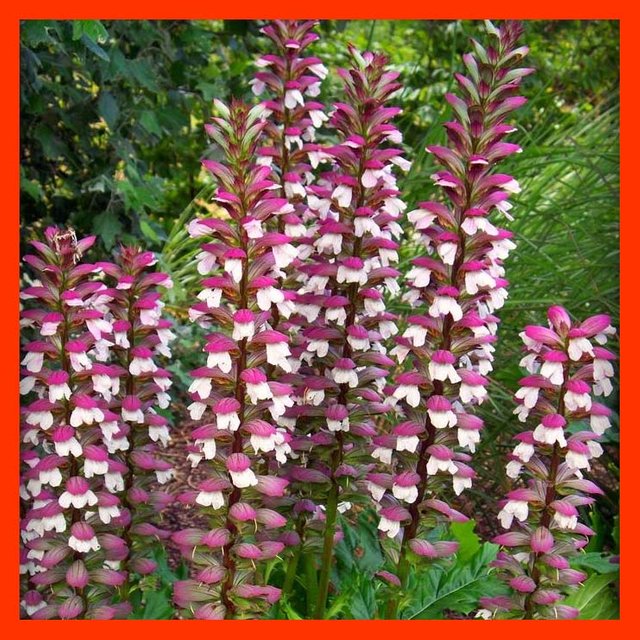RE: Oyster Plant - a highly regarded plant in Ancient Rome and Greece.

BEAR’S BREECHES, OYSTER PLANT, ACANTHUS MOLLIS
Bear’s breeches is a fanciful name given to this plant which has flowers rather like those of snapdragons. They are pollinated by bees which have to force their way between the top and bottom parts of the flower. They are not relations of snapdragons however, as these are in the Acanthaceae family of plants, so are related to the Marsh Barbel among others.
Bear’s breeches are native to the Mediterranean region and are cultivated in Britain, although some appear to have naturalized in Cornwall. In the 17th century, these were called Brank-ursine, meaning bear’s claws, which referred, possibly, to the shape of the flowers. They contain mucilage and tannin, which makes or rather made them useful in traditional medicine systems in Europe.

The plant has been used as a wound healer and internally taken to soothe the mucous membranes in the digestive and urinary tracts. The crushed leaves have been used in poultices and placed on burns or scalds to relieve the pain. The plant has astringent qualities and has been used to treat diarrhea and to heal wounds, as well as being used to clean wounds. It has been taken internally to purify the blood and to calm the stomach. It is also said to have expectorant properties.
The 17th century herbalist, Nicholas Culpeper has this to say of the plant he called Brank-ursine: -

“Government and virtues. It is an excellent plant under the dominion of the Moon; I could wish such as are studious would labour to keep it in their gardens. Its leaves being boiled, and used in clysters, is excellent good to mollify the belly, and make the passage slippery; the decoction, drunk, is excellent good for the bloody flux: the leaves being bruised, or rather boiled and applied like a poultice, are exceeding good to unite broken bones, and strengthen joints that have been put out; the decoction of either the leaves or roots being drunk, and the decocted leaves applied to the place, is excellent good for the king's evil that is broken and runneth, for by the influence of the Moon it reviveth the ends of the veins which are relaxed; there is scarcely a better remedy to be applied to such places as are burnt with fire than this is; for it fetcheth out the fire, and healeth it without a scar; it is also an excellent remedy for such as are bursten, being either taken inwardly, or applied to the place; in like manner used, it helps the cramp and the gout; it is excellent good in hectic fevers, and restores radical moisture to such as are in consumptions.“

Perhaps this plant’s claim to fame is as a motif at the top of Corinthian columns. Vitruvius write in his treatise “On Architecture” that there was a maiden from Corinth who died of a disease. Her grieving family had a monument made to her and her nurse took a basket, filled with the goblets she had loved in life to her grave. She inadvertently placed the basket with a tile covering it to protect the goblets from the ravages of the weather, on a root of Acanthus (mollis or spinosis), so in spring, the plants put forth its leaves and twined them around the basket. The people who passed remarked on the beauty of this and praise the architect who was thus inspired to make other columns for the Corinthians and so the fashion for such columns and their distinctive motif was begun.
Inspired by these columns the artists of the Renaissance incorporated the leaf from the columns into some of their sculptures and architecture too. Bear’s Breeches thus is important in the history of architecture.
Thanks for information
@ctrl-alt-nwo
100%like and resteem
Very good comment overall.